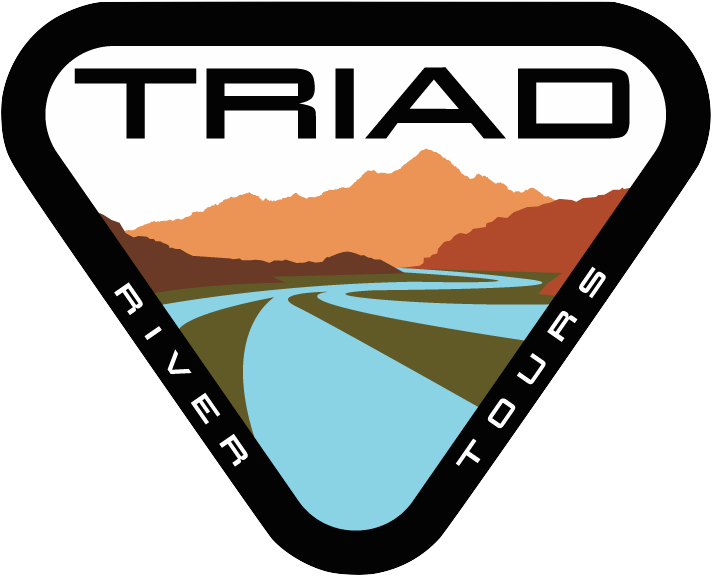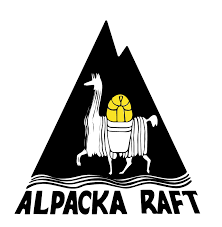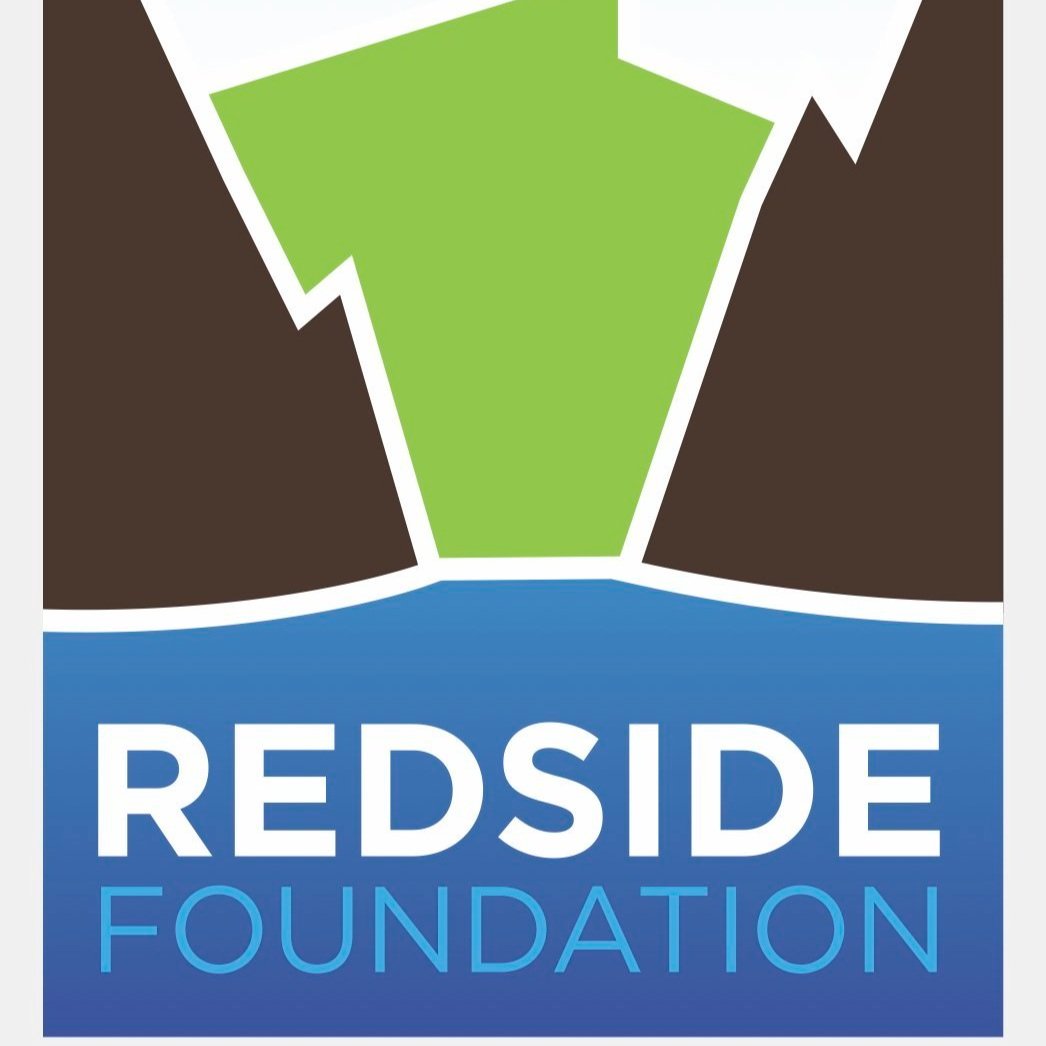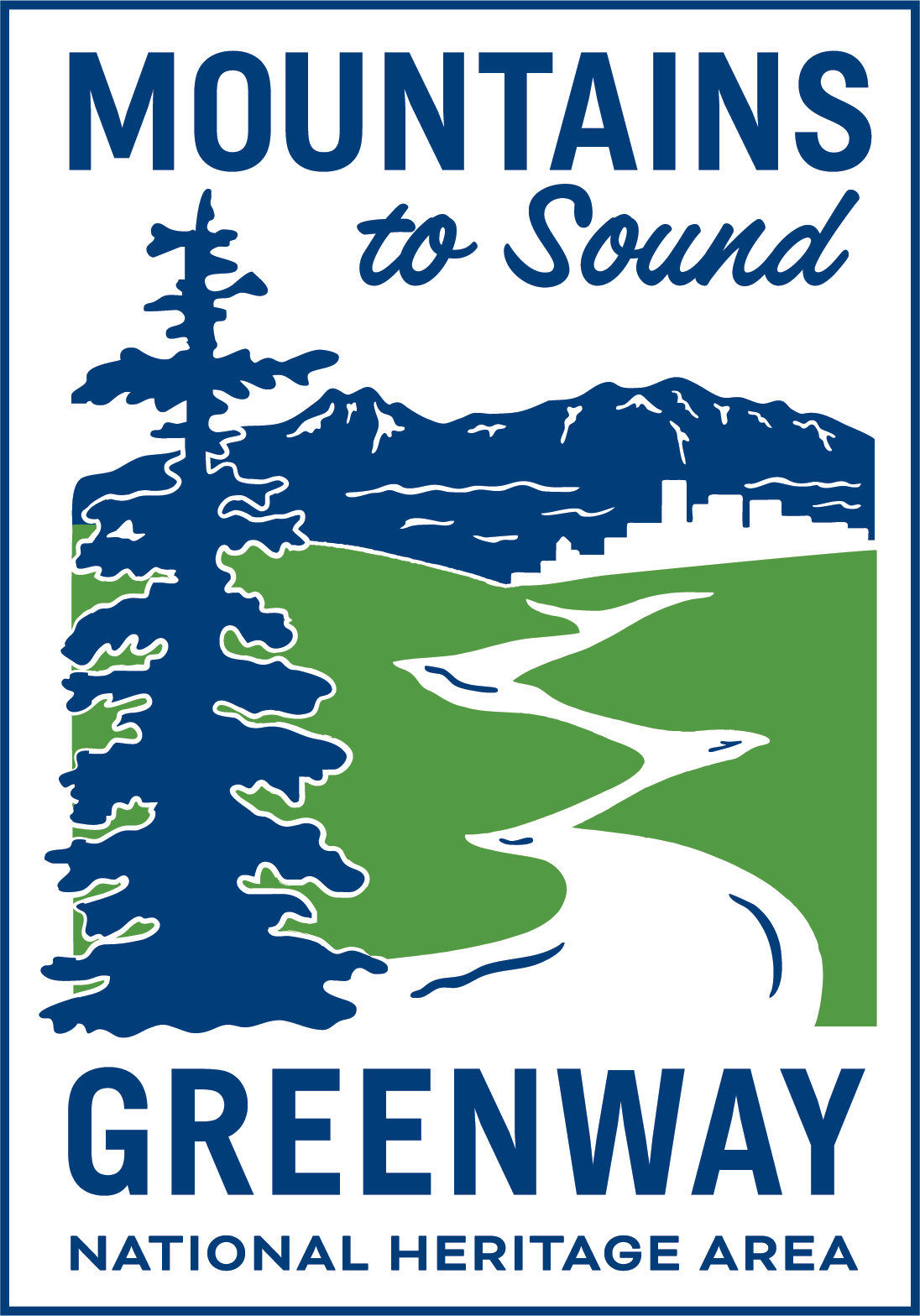The concept of whitewater classification is one that now has quite a bit of controversy and debate accompanying it. The idea here is to consolidate several different aspects of river difficulty into a quantitative scale, which can be utilized to communicate the relative levels of danger in a given section of river. At this point in history, where many new boaters are coming into the fold, the issues have been many in regards to the utilization and implication of the whitewater classification system. Most notably and obviously, the issues of accuracy and subjectivity are results of basic and essential human error, and may or may not be reconcilable. The issues within the system itself, and its inherent margin of error are the purpose of this writing.
While many egotistical boaters out there debate the topic, it shouldn’t be abandoned and the ideas and semantics of it should be continually investigated. There is a school of thought that would suggest that we abandon the class system altogether, as the information is so watered down and ambiguous at this point that it may be doing “more harm than good” –as was stated by Les Bechtel in the book “River Rescue”, the issue remains that the general public is unfamiliar with whitewater and grasp at the system. Furthermore, as long as whitewater rafting outfitters utilize the whitewater difficulty scale as a means of advertising, there will always be confusion in regards to the topic. Since we cannot defeat the misinformation, perhaps we should investigate it further and pin down with some degree of accuracy a more standardized view of the whitewater class system. In an effort to bring standardization without any legislative enforcement or removal of the necessary subjectivity, then perhaps the only course of action is to continue to talk openly and discuss the topic. There are more than enough whitewater boaters out there to have the discussion and share enough information that the classification system can be utilized to make rivers safer, and not more dangerous, to prepare for and run for the uneducated or unfamiliar boater.
What the numbers mean
One fallen rock or log can make a river completely impassable.
No matter what area you are from, whom you talk to, or how you utilize the classification system, it is limited. The variables are too multiple when it comes to river running and the simplicity of diminishing something as intricately complex as a river corridor to a digit is quite obviously absurd. While a certain level of caution seems implied, unfortunately we live in a time of short attention spans and less than expert guidance. Great care should thus be utilized whenever speaking or inquiring as to the rating or “class” of any river system. It may also be possible that abandoning the classification system altogether would be a virtuous course of action. It also could be considered the most respectable course to take in regards to respecting the power of the river systems in question.
Class 1 means moving water. Class 2 whitewater is the introduction of obstacles. Class 3 whitewater introduces life-threatening obstacles, which can be avoided. Class 4 represents a significant departure from the previous 3 in regards to a few specific features, which before this were not present. Those things are the mandatory scouting of a section of river that has never been run before (in the case of the average skilled boater) and the introduction to rescues that cannot be completed by one person. Meaning that the self-rescue is often impossible in class 4 whitewater. That does not mean that you will not be able to survive on your own, it just represents the significant barriers to self rescue that are now present in more complex river rafting situations. Class 4 also represents obstacles that require planned and/or precise maneuvering in order to avoid, and the presence of life threatening consequences if specific and mandatory moves are not made. Class 5 whitewater is expert level whitewater, and is the introduction to a “no guarantees” aspect of river running. That is to say that no matter how good of a boater you are, if you run class 5 whitewater you are in any regard, playing the odds to some degree. While Class 3 whitewater presents obstacles that can be avoided rather easily, and class 4 whitewater presents obstacles that can only be avoided by making precise and difficult maneuvers within rapids, class 5 whitewater presents moves that you may or may not be able to make on any given day. Class 6 whitewater is generally unrunnable, and if it is run it is by an expert and perhaps some degree of luck. To take it a step further, no person alive runs a class 6 section of whitewater without feeling pretty darned good about it afterwards. Successful completion of Class 6 whitewater is nothing short of escaping death.
What they cannot account for
The Classification system represents the difficulty, in general, of a section of river. The first and most obvious issue is that it cannot account for the consistency of that level of difficulty. Even if a very professional and experienced kayaker comes back to report that the section of river they finished scouting had one class 5 rapid, then what do we then rate that section of river? Obviously, even if only one hundred feet of whitewater was class five and the rest of it was class 1, we would still report that section as class 5; this is also the industry standard. A great example of this would be Hells Canyon of the Snake River. In early spring, when water levels rise above 50,000 cfs, there are two class 5 rapids (Wild Sheep Creek and Granite Creek, respectively). These two rapids come in the first 10 miles of river. After that there is nothing on the river that matches their intensity, difficulty, or danger. Still, even though you may spend 3 days on this river, if the entire river is classified as the entire 35-mile section, then we would then say that this is a “Class 5 River” if we had to give such explanation in brief. Furthermore, if the entire river was a continuous class 5, which is to say that there were no breaks, and for 35 miles of river we were running class 5, then most certainly we are talking about a much more difficult whitewater situation, but the number utilized to categorize the river would remain the same, and the backup and supporting information would only add to the explanation.
All of this seems like common sense, and it is, but that doesn’t mean that everyone utilizes common sense when talking or listening to stories about whitewater classification. When we classify something with a number, we are inherently removing many confusing aspects and attempting to summarize. While we naturally recognize the classification system as a summary, we should also recognize that it is at times impossible to gauge the margin of error any given river has compared to its rating.
Another great example of the erroneousness of utilizing the classification system for a river is the introduction of wood, trees, or debris. When there is a tree that lays across a river that is graded at class 2, it could very well present a life-threatening obstacle, and perhaps, in the most extreme cases, something that is impassable. When something like this occurs it is often impossible to get this information to the recreational river runner. Thus, they are running class 2 sections of river with a “class 5 feature” that may or may not be a permanent part of the river.
If, in a similar scenario, a rock falls from the side of the river and lands in the center of a class 4 rapid, creating a dam, a diversion, and thus an “unrunnable” class 6 section of river, then we would have to call that river class 6 since the rock is a more permanent part of the river. The point trying to be made here is that both the log and the rock represent serious life threatening obstacles, but one of them will be involved in the classification and one will not. The results are the same, but the classification will be different simply because logs can be removed but rocks cannot.
Misunderstandings
Probably the most irritating aspect of the classification system is the inherent human error that gets involved. People that have been boating for a short time and lack experience and maturity, often classify some section of river more, it seems, based on how they feel and how they want to be perceived by others, than the facts of the river they finished running. As a result, almost without fail, areas where more inexperienced boaters spend time on the water are areas where rivers are overestimated. Conversely, when you go to an area which is frequently ran by very experienced boaters, they tend to be, at times, overly conservative about their ratings.
A great example of this is the Lochsa River in Idaho. While running the Lochsa, it is apparent that the river has some very heavy class 4 and class 5 features… but because the river attracts boaters with a high level of proficiency, they are less likely to utilize the class 5 designation. Furthermore, as you run a section of river repeatedly, and concurrently gain in skill, you start to recognize that what was class 4 to you when you were a novice, now seems like class 2, just because of the “space” necessary to describe the many things you have seen in your experiences. You start to see that if everything was called class 5, that there would not be anything left to describe a great deal of whitewater that you know exists, and thus is of no use to many people (this is actually the case for a lot of kayakers I know that run a lot of class 5, they have to start using all kinds of explanations for what kind of class 5 they are running).
It is usually best not to make assumptions when running or explaining whitewater. We cannot account for water temperature, changes in volume, or obstacles that could invade the river and change its difficulty (like trees), but what we can do is be judicious about what we say, and keep in mind who we are saying it to. If we are talking to a kayaker who has just finished their roll clinic and has learned to roll in a pool, then we should be, perhaps, more explanative about what features the river has. If people have been told something that isn’t true, for example, about class 3 whitewater, then that information will perpetuate until someone is hurt by it. That is to say that if someone is told they ran a section of class 3 whitewater that truly was not deserving of such a classification, then when they look on the map and decide to head out to run a section of legitimate class 3, they could very well be putting themselves in a great deal of danger. It’s important that we take caution when we utilize the classification system, and also take heed to the great many rivers out there, and the diversity that exists among them.
Read more:
Classification Of Whitewater Rivers - Created with Haiku Deck, presentation software that inspires




















